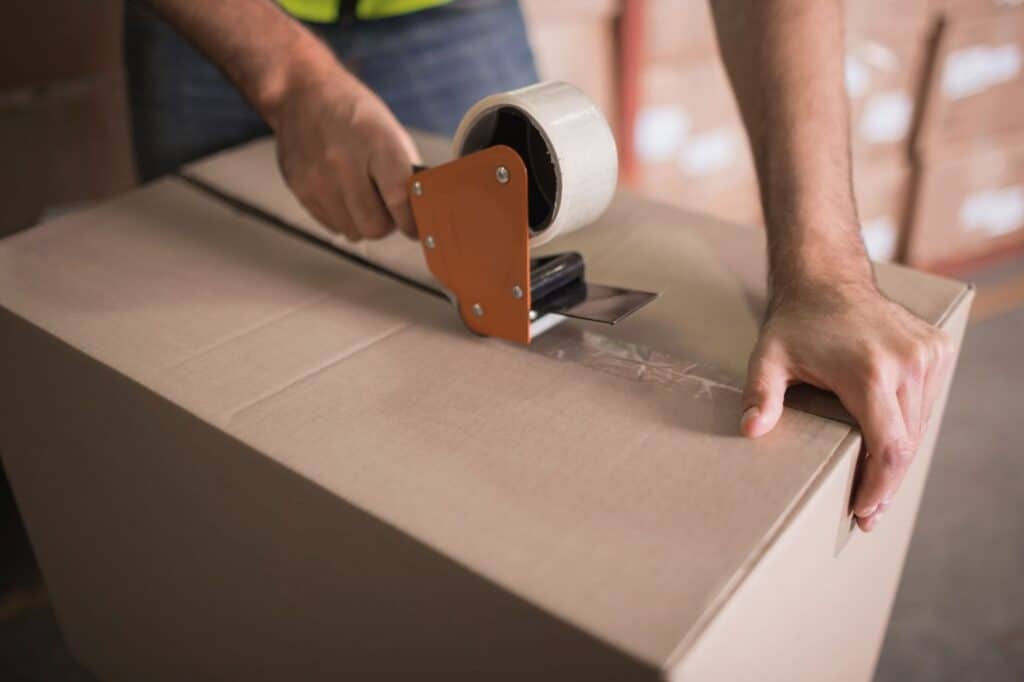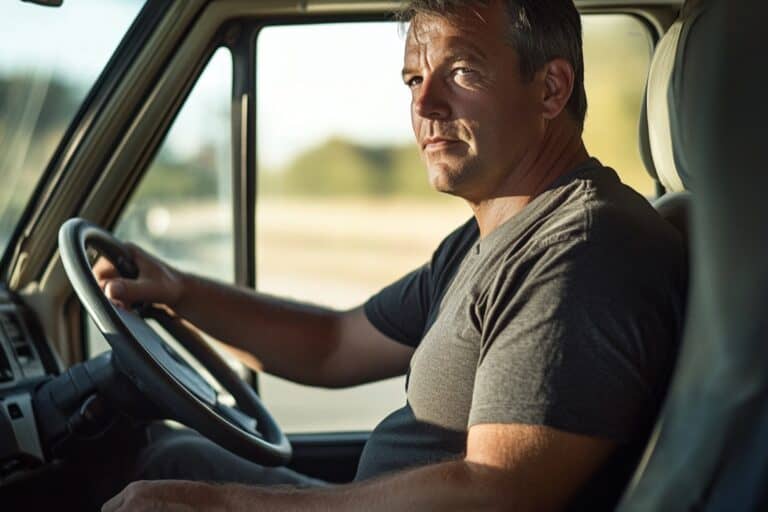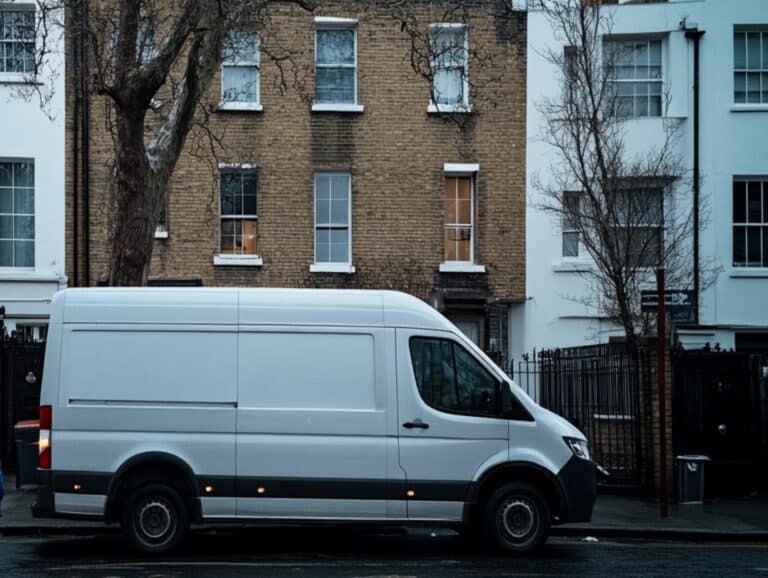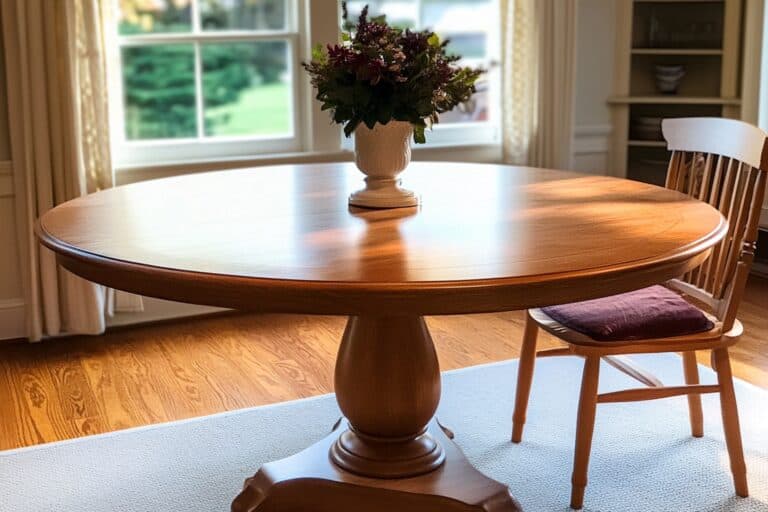Preparing for a home removal? Learn ‘how to pack and unpack for a home removal’ with this step-by-step guide designed to streamline the process. Discover the best way to protect your belongings, optimise box space, and efficiently set up your new home. Whether you’re concerned about breakables or time management, we’ve got you covered. Get started on your move with confidence.
Key Takeaways
- Set up a well-organised packing station with all necessary supplies and start packing non-essentials early, using strategy to maximise space.
- Label boxes with room names, contents, and fragility to streamline the unpacking process, and consider an ‘essentials box’ for the first night in the new home.
- Tackle unpacking by starting with key areas like the kitchen and bedroom, maintain organisation to avoid clutter, and responsibly dispose of or repurpose packing materials post-move.
Begin with the Basics: Setting Up Your Packing Station
Commence at the foundation of your move: your packing station. Think of it as mission control for your move, where all the packing magic happens. Once you’ve completed the home appraisal in North London, find a spacious area like the dining room to set up camp. Why the dining room?
It’s usually home to the largest table in your abode, offering ample surface area to organise your moving boxes and packing supplies. Clear the decks by shifting chairs aside and centring that table – this is where you’ll spend a good chunk of time in the days ahead.
Next, consider the necessary supplies for packing fragile items. You’ll want various sizes of pack boxes, packing tape, bubble wrap, and packing paper all within arm’s reach on your packing table.
Master the box assembly dance by folding flaps in order – short ones first, then the long ones – and secure them with tape around corners and edges for a sturdy container ready to protect your valuables. And don’t forget the most important tool: a packing plan. A solid plan will reduce stress and ensure your possessions are organised like a library’s card catalogue.
Strategising Your Packing: Room-by-Room Guide
Unpacking without a concrete plan can be as challenging as finding a needle in a haystack. But fear not, because we’re going room-by-room to keep everything organised, making the unpacking process feel like a victory lap instead of a marathon.
It’s time to start packing with the items you won’t miss in the short term – yes, those holiday decorations and garden tools …
It’s time to start packing with the items you won’t miss in the short term – yes, those holiday decorations and garden tools can go first. And remember, like a Tetris champion, pack items strategically to make the most of each box’s real estate, filling gaps with packing materials to cushion your treasures.
The Bedroom Ballet
Transitioning to the bedroom, approach furniture disassembly with the grace of a ballerina, ensuring each piece is easier to transport and won’t turn into an obstacle course for your movers. Mattresses, those bulky behemoths, need to go into bags or boxes to shield them from the grime of the moving day. And here’s a nifty trick: keep a labelled bag for screws and small parts from your disassembled furniture, and tape it to the piece it belongs to. This will make reassembly at your new castle a breeze.
Kitchen Conundrums
Consider your kitchen as a puzzle, where each utensil and appliance needs to fit perfectly. To avoid any liquid mishaps, treat spillable items like a chemistry experiment – seal them with a plastic bag and packing tape for a spill-proof solution. With these packing tips in mind, pack your culinary arsenal – pots, pans, and the beloved bottle opener – together, so you can whip up a feast on your first night without having to search every box. And don’t forget to pack those light appliances in large boxes, but keep them airy to avoid a kitchenware avalanche.
Living Area Logistics
Packing logistics in the living area can appear overwhelming. Begin by giving each cable and wire its own dance space by packing them individually in toilet roll tubes to prevent a tangled mess. Unplug, clean, and secure all electrical items to ensure they’re ready for their journey to your new abode.
For those items without original boxes, like your TV, wrap them as tenderly as you would a newborn, ensuring they’re cushioned and protected during the move.
Protecting Your Precious Possessions
Your valuables are the crown jewels of your moving kingdom, and they deserve royal treatment. Swaddle your antiques in moving blankets to protect them from the jostles and jolts of the journey. Glass frames can be a royal pain if they crack – avoid this by securing them with masking tape in a star pattern, which acts like a shield during transport.
And remember, when it comes to plates, think of them like delicate pastries that need individual wrapping, with disposable plates in between for a cushiony embrace. Sharp objects like knives? Wrap them securely, with blades facing away from danger. And don’t forget to use toilet paper as an additional cushioning material if needed.
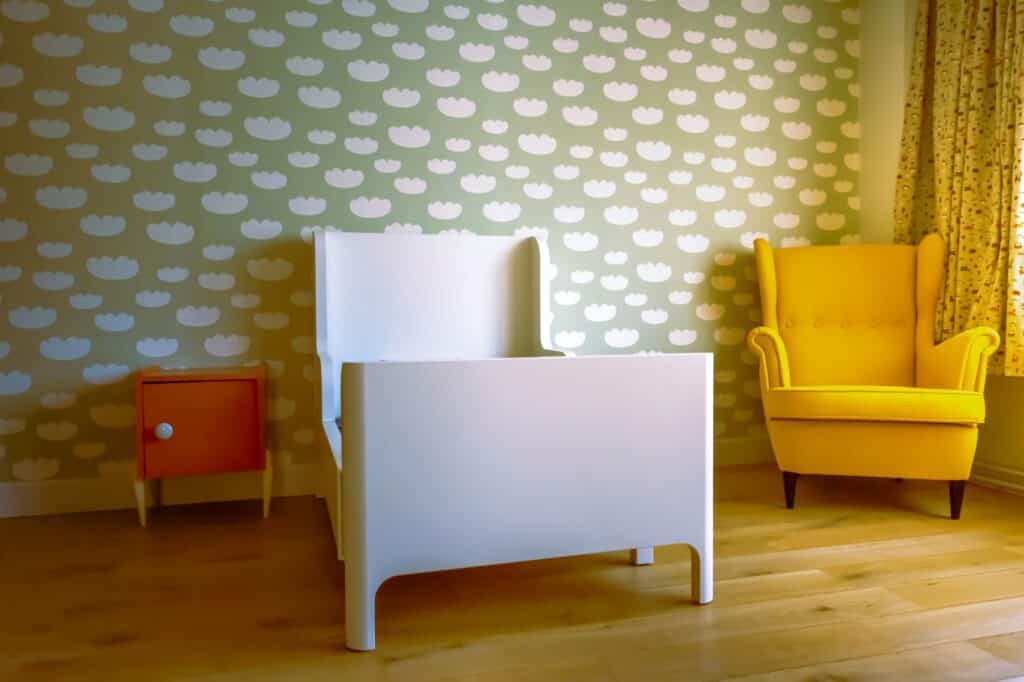
The Essentials Box: Your First Night Kit
Next, assemble an essentials box – your survival kit for the first night. This box is like the VIP section of your moving club, holding all the items you’ll need immediately upon arrival at your new digs, including packing clothes. Think cosy:
- bedding
- towels
- personal hygiene items to wash away the moving day sweat and dust
- a change of clothes
- your favourite pyjamas
- a hot water bottle to banish any first-night chills
Don’t forget to include those items that spell comfort and make you feel at home.
And for a touch of normalcy amidst the moving madness, include a few entertainment items for the kids, some basic kitchenware for a quick meal, and those all-important documents like passports and bank statements.
Labelling Like a Pro: The Key to Efficient Unpacking
Labelling transcends mere chore status; it forms an integral part of your strategy. Think of it as the GPS for your boxes. An efficient labelling system includes room designations, content descriptions, and a clear warning for fragile items – it’s the breadcrumb trail that leads each box to its new home.
Colour-coded labels are like traffic lights, guiding movers to the right rooms with ease and efficiency. And don’t forget to label each box with contents and a box number immediately after sealing – this is your unpacking cheat sheet.
Safe Transport: Preparing for Moving Day
As the moving day draws near, gear up for the secure transportation of your belongings with a reliable packing service. Establish a box assembly zone, perhaps in the garage, where they can be stored and out of the way, ready for the movers. Remember, when packing, keep the box weight in check – think of your movers’ backs and box integrity, aiming for no more than 30 pounds per container.
TIP
Heavy boxes form the foundation, with lighter boxes perched on top to avoid crushing your belongings. And when the removal company arrives, having everything packed and ready to go makes the loading process as smooth as silk.
The Unpacking Blueprint
With the moving truck gone, the stage is set for the grand unveiling: the unpacking process. Begin with the kitchen, the heart of your new moving house, to ensure you’re ready for meal prep and those much-needed coffee breaks. Set manageable goals, like tackling one to two rooms a day, to keep the process organised and the overwhelm at bay.
Unpack one room at a time, starting with the most frequently used spaces, to maintain organisation and sanity.
Essential Spaces First
After the kitchen, your bedroom is your sanctuary, so set it up early to guarantee a peaceful first night. Assemble the beds, fluff the pillows, and make sure your toothbrush isn’t playing hide and seek when you need it most. Once your personal care items are in place, it’s time to tackle the kitchen essentials, so you can fend off hunger and keep your troops fed. And don’t overlook the cleaning supplies – starting with a cleaning kit ensures your new place stays sparkling from day one.
Creating Comfort
Next, focus on creating a comfortable atmosphere, particularly for the younger members of the household. A well-set-up bedroom can make all the difference in helping children adjust to their new surroundings. Allow them some say in how their space is arranged, which can make the new house feel like home much faster.
And if the move has upended their routine, consider having them stay with friends or family during the move, and prioritise getting their space ready for a seamless transition.
Organising as You Unfold: Unpacking Tips and Tricks
While unpacking, maintain a clear focus on organisation. Flatten boxes as you empty them to keep your space clear and prevent them from becoming inadvertently refilled. Start with the essentials and delay unpacking decorative items until after you’ve lived in the space a bit, which allows for creative redecorating.
Involve everyone in the family in the unpacking process, turning it into a team effort that’s not only more efficient but also a chance to make memories in your new home.
Post-Move Organisation: Finding a Place for Everything
After unpacking, embark on the task of assigning a place for each item. Be judicious about what you keep – if something doesn’t have a spot or a purpose, maybe it’s time to let it go. This is the perfect time to declutter, donate or discard items that no longer serve you, which creates a more serene and spacious living environment.
And for those items you’re not ready to part with but don’t have room for, a storage facility can be a great option to keep them safe without cluttering your new home.
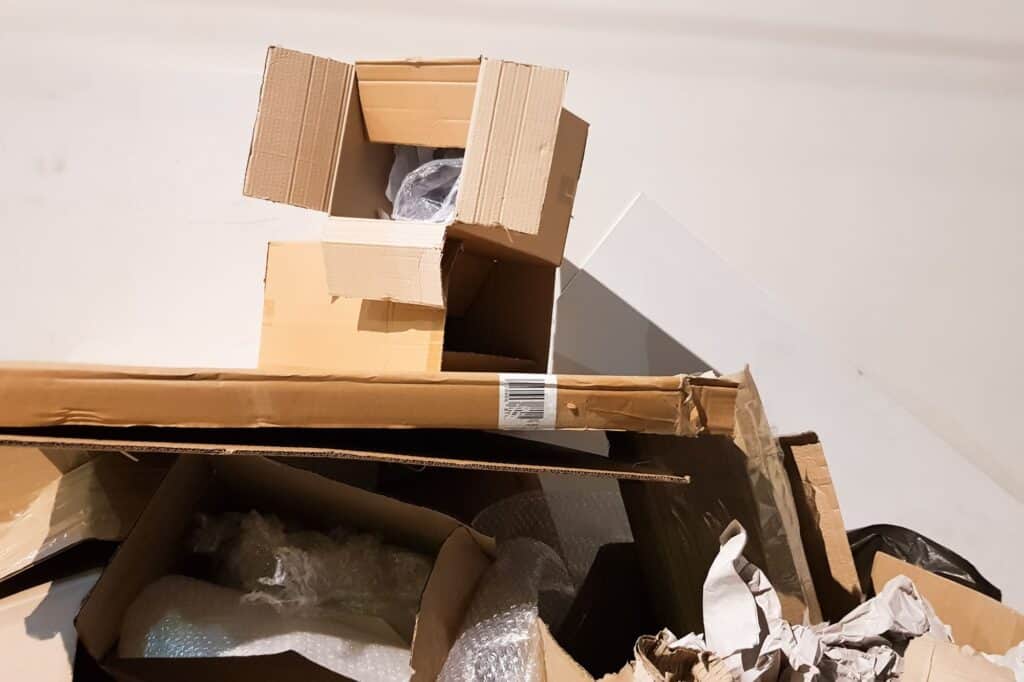
Dealing with Leftovers: Disposal of Packing Supplies
Post-move, you’ll probably find yourself with a surplus of packing supplies. Be environmentally friendly and consider returning packing materials to the moving company for reuse. Platforms like Freecycle are great for passing on moving boxes to others who can use them.
If your boxes are still in good shape, sell them or give them away to friends or through online communities. And remember, recyclable cardboard can go straight into the recycling bin, keeping it out of the landfill.
Summary
And there you have it, a treasure trove of strategies to streamline your move from start to finish. Remember, the key to a smooth transition is organisation, careful packing, and a little bit of planning. With these expert tips, you’ll be unpacking your last box and toasting to your new home in no time. So take a deep breath, embrace the journey, and let the moving adventure begin!
Frequently Asked Questions
How do removal companies pack clothes?
Removal companies usually move drawers with clothes still in them and use wardrobe boxes for hanging garments, saving you time during the move. So, you can leave your clothes as they are when packing for the move.
What is the best way to pack fragile items?
The best way to pack fragile items is to wrap each item individually with bubble wrap or packing paper, secure furniture drawers and doors, use special boxes for mirrors and artwork, and label the boxes as fragile to ensure they are handled with care.
How can I keep my cables organised during the move?
To keep your cables organised during the move, pack each cable separately in toilet roll tubes and label them clearly to avoid tangling.
What should I include in my essentials box?
You should include items for bedding, hygiene, clothing, kitchenware, cleaning supplies, and important documents in your essentials box to make your first night and following days easier.
How should I label my boxes for efficient unpacking?
To make unpacking easier, try using a colour-coded system to designate each room, label the contents and box number, and mark any fragile items. This will help you stay organised and quickly find what you need when unpacking.
